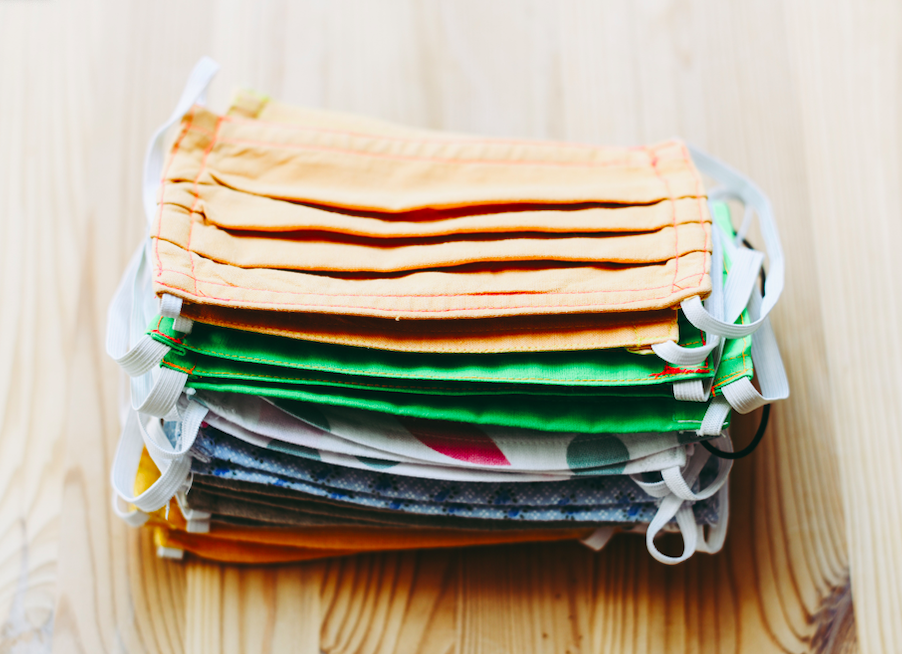As our understanding of COVID-19 progresses and epidemiologists are tracing the origins of thousands of cases, it is becoming even more apparent that the primary mechanism of spreading COVID-19 is from uninfected persons inhaling the respiratory droplets of an infected person.
Additionally, it has become clear that wearing masks significantly reduces the risk of transmission, especially when the infected person wears the mask. A properly worn fabric or surgical style mask can reduce the number of infectious particles released by an infected person by up to 90%. It can also reduce the number of particles inhaled by an uninfected person by about 40%!
Obviously, for masks to do their job, they must trap the virus-containing droplets within the mask’s fabric. That makes a previously worn mask a potential source of infection if the wearer’s hands touch it, and the wearer then touches their face. So, after being worn, non-disposable fabric masks should be cleaned before reuse.

While washing the mask in plain water would rid it of most virus particles, using hot water and detergents, especially those containing bleach, are more effective. Additionally, drying the mask on the hottest dryer setting and/or ironing the fabric after drying can further reduce the risk of retained live virus particles.
Tips for mask best practices:
- In addition to distancing and hand hygiene, masks are vital to controlling the spread of the virus
- After use, a mask should be considered contaminated and potentially infectious
- Wash non-disposable fabric masks between uses
- Washing in hot water with bleach-containing detergent is ideal
- Drying on the hottest setting and/or ironing after dry further reduces the amount of live virus
For more information on coronavirus click here.

